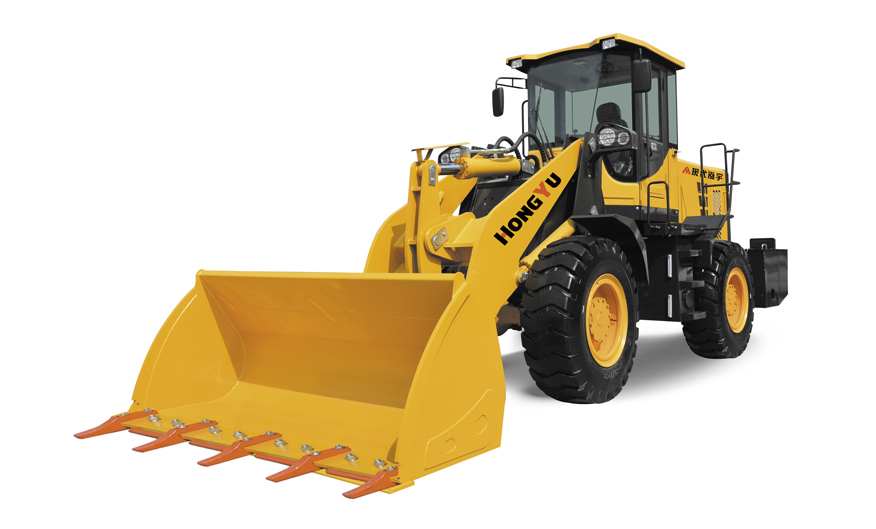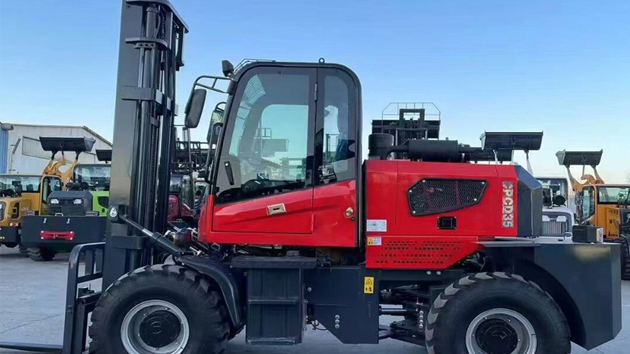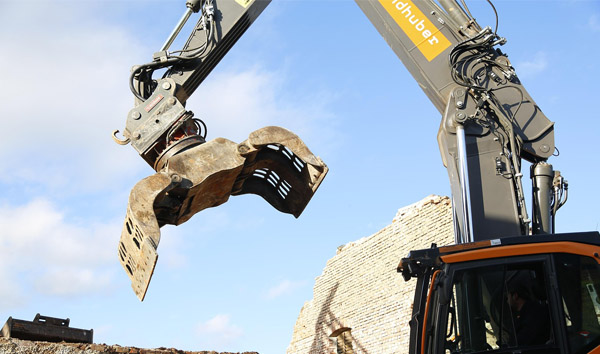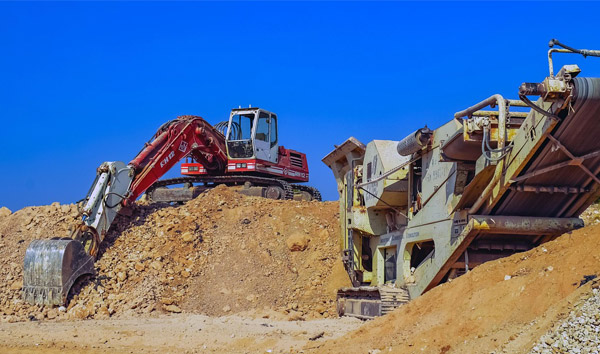Revolutionizing Heavy-Duty Operations: The Future of Construction Machinery
2025-06-30 03:20:23
The construction machinery sector has long been the backbone of large-scale infrastructure projects, from highways to skyscrapers. Recent innovations in automation and electrification are reshaping how these machines operate, delivering unprecedented precision and reducing environmental impact. Leading manufacturers are integrating AI-driven systems to optimize fuel consumption and predictive maintenance, ensuring longer machine lifespans and lower operational costs.
One of the most significant trends in construction machinery is the adoption of electric and hybrid models. Companies like Caterpillar and Komatsu are rolling out battery-powered excavators and loaders, drastically cutting carbon emissions on job sites. These machines not only comply with stricter environmental regulations but also reduce noise pollution, making them ideal for urban projects. The shift toward electrification is expected to accelerate as battery technology improves and charging infrastructure expands.
Another breakthrough is the use of telematics and IoT in construction machinery. Real-time data collection allows operators to monitor machine performance, detect faults early, and schedule maintenance proactively. This minimizes downtime and maximizes productivity, a critical factor in time-sensitive projects. GPS-enabled systems further enhance efficiency by optimizing routes for earthmoving equipment, reducing idle time and fuel wastage.
The future of construction machinery also hinges on autonomous technology. Self-driving bulldozers and drones for site surveying are already being tested in controlled environments. These advancements promise to address labor shortages while improving safety by reducing human exposure to hazardous conditions. As AI and machine learning evolve, fully autonomous construction sites may soon become a reality.
Sustainability remains a key driver in the evolution of construction machinery. Manufacturers are increasingly using recycled materials in production and designing machines for easier disassembly at the end of their lifecycle. Additionally, hydrogen-powered machinery is emerging as a viable alternative, offering zero-emission operation without the limitations of battery storage.
In conclusion, the construction machinery industry is at a pivotal moment, with technology revolutionizing efficiency, sustainability, and safety. As automation and green energy solutions gain traction, these machines will play an even more critical role in shaping the infrastructure of tomorrow. Stakeholders must stay ahead of these trends to remain competitive in an increasingly dynamic market.














